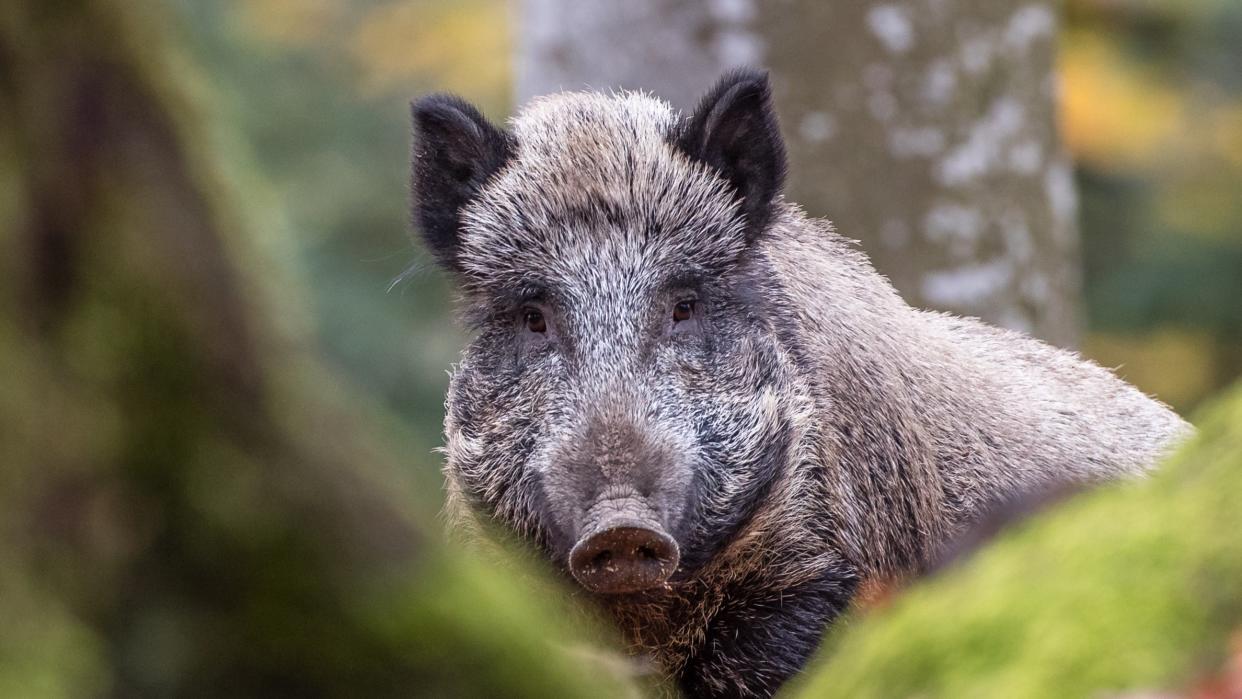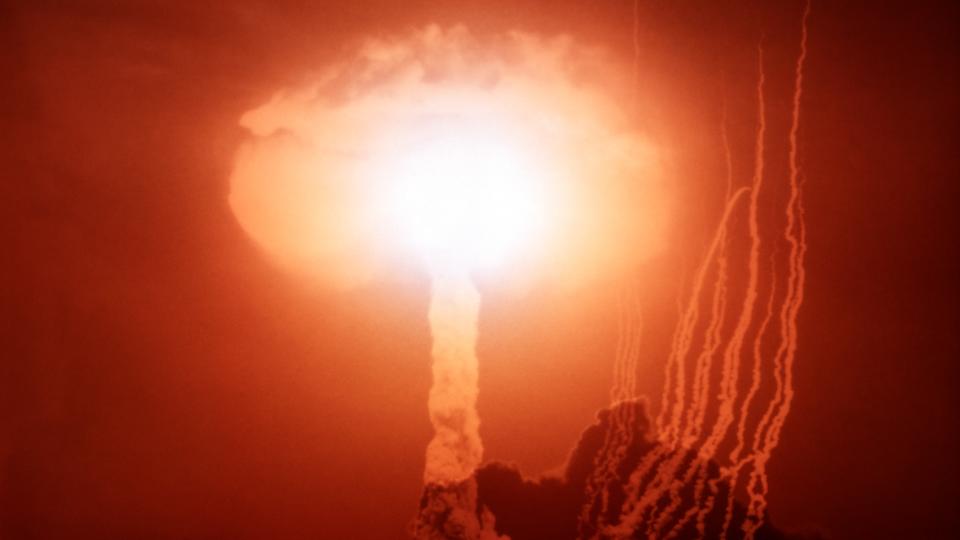Scientists finally figured out what's making German wild boars radioactive, and it's not just Chernobyl


After puzzling scientists for decades, researchers have finally figured out what's making Bavaria's wild boars radioactive, even as other animals show few signs of contamination.
Turns out, the animals are still significantly contaminated with radioactive fallout from nuclear weapons detonated over 60 years ago — not just from the Chernobyl disaster, as was previously thought.
And the boars (Sus scrofa) are likely being contaminated by some of their favorite food — truffles.
Bavaria, in southeastern Germany, was hit with radioactive contamination following the Chernobyl nuclear accident in April 1986, when a reactor exploded in Ukraine and deposited contaminants across the Soviet Union and Europe.
Some radioactive material can persist in the environment for a very long time. Cesium-137 — which is associated with nuclear reactors like at Chernobyl — takes around 30 years for its levels to be halved (known as its half-life). In comparison, cesium-135, which is associated with nuclear weapon explosions, has a half life of 2.3 million years.
Related: What is the Chernobyl Exclusion Zone?
Boars in Bavaria have continued to have high radioactivity levels since the Chernobyl disaster, even as contaminants in other forest species declined. It was long theorized that Chernobyl was the source of the radioactivity in boars — but something didn't add up. With cesium-137 having a half-life of 30 years, the boars' radioactivity should be declining, yet it is not.
This is known as the "wild boar paradox."
But now, in a new study published in the journal Environmental Science and Technology on Aug. 30, scientists found that fallout from nuclear weapons testing during the Cold War is behind the wild boar paradox, with radioactive material from both Chernobyl and nuclear weapons tests accumulating in fungi, such as deer truffles, that the boars consume.
The researchers analyzed the meat of 48 boars in 11 Bavarian districts between 2019 and 2021. They used the ratio of cesium-135 to cesium-137 in the samples to determine the source.
The specific ratios between these two isotopes are specific to each source of radiation, forming a unique fingerprint that researchers can use in analysis — a high ratio of cesium-135 to cesium-137 indicates nuclear weapon explosions, while a low ratio suggests nuclear reactors.

They compared the isotopic fingerprint of the boar meat samples with soil samples from Fukushima and Chernobyl, as well as from historical human lung tissue collected in Austria. The lung tissue was processed in the 1960s and revealed signs of the isotopic fingerprint left by nuclear weapons testing during the Cold War. While no nuclear weapons were detonated near the study site, fallout from the tests spread in the atmosphere globally.
Findings showed that 88% of samples taken exceeded the German limit for radioactive cesium. Between 10% and 68% of contamination came from nuclear weapons testing. The contaminants from both the weapons test and Chernobyl disaster seeped deep into the earth and were absorbed by underground truffles, explaining the wild boar paradox.
RELATED STORIES
—How do you decontaminate objects exposed to radioactivity?
—Melting permafrost in the Arctic could release radioactive waste and awaken sleeping viruses
—Alcohol made from radioactive Chernobyl apples seized by Ukraine government
Understanding the ecological persistence of radioactive contamination has been a pressing scientific problem since the first atomic bombs were dropped in 1945 over Japan. Fears over food safety following nuclear strikes or disasters at nuclear power plants are still not well understood in specific regional contexts.
"This study illustrates that strategic decisions to conduct atmospheric nuclear tests 60-80 years ago still impact remote natural environments, wildlife, and a human food source today," the authors wrote.

